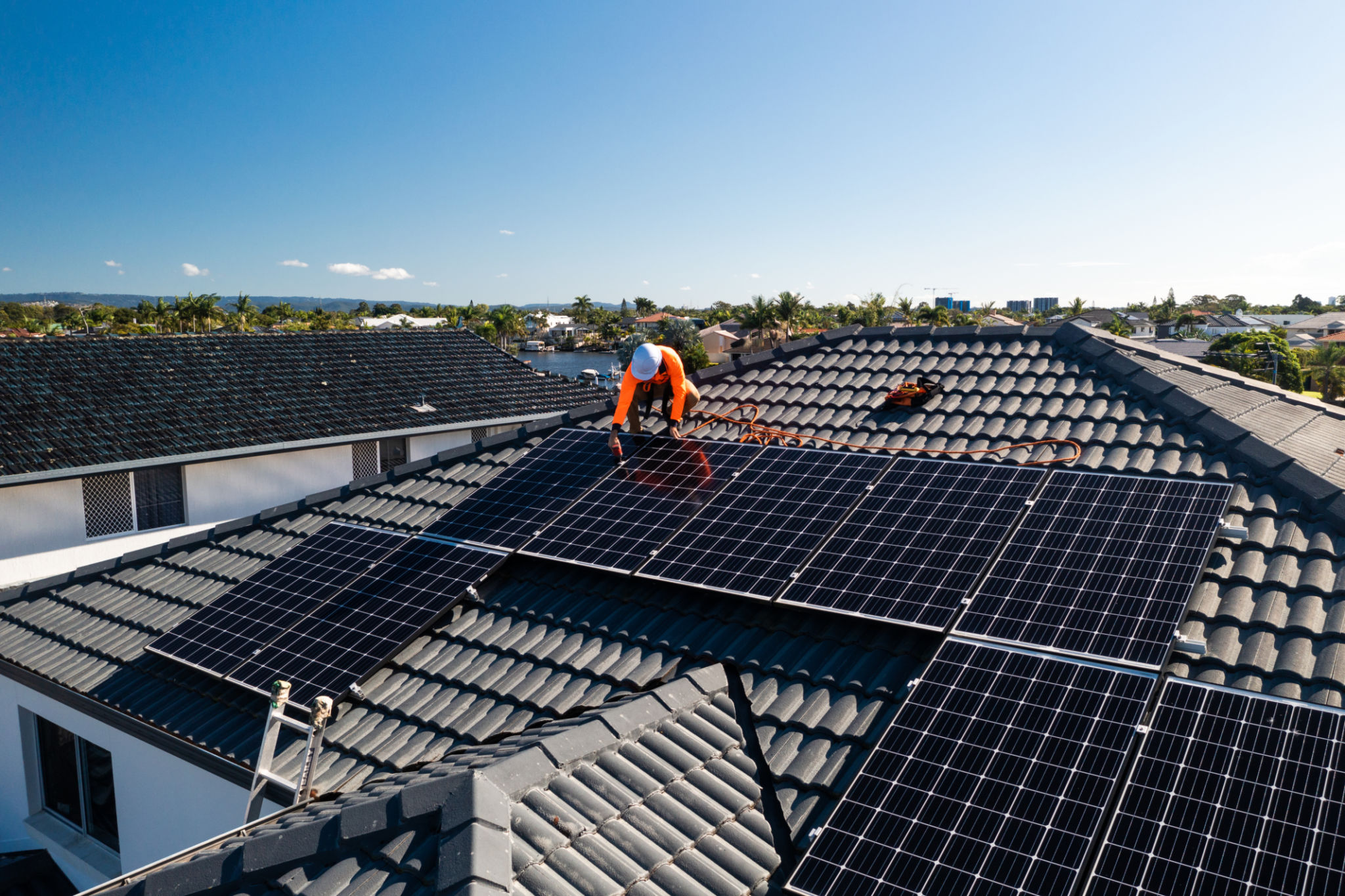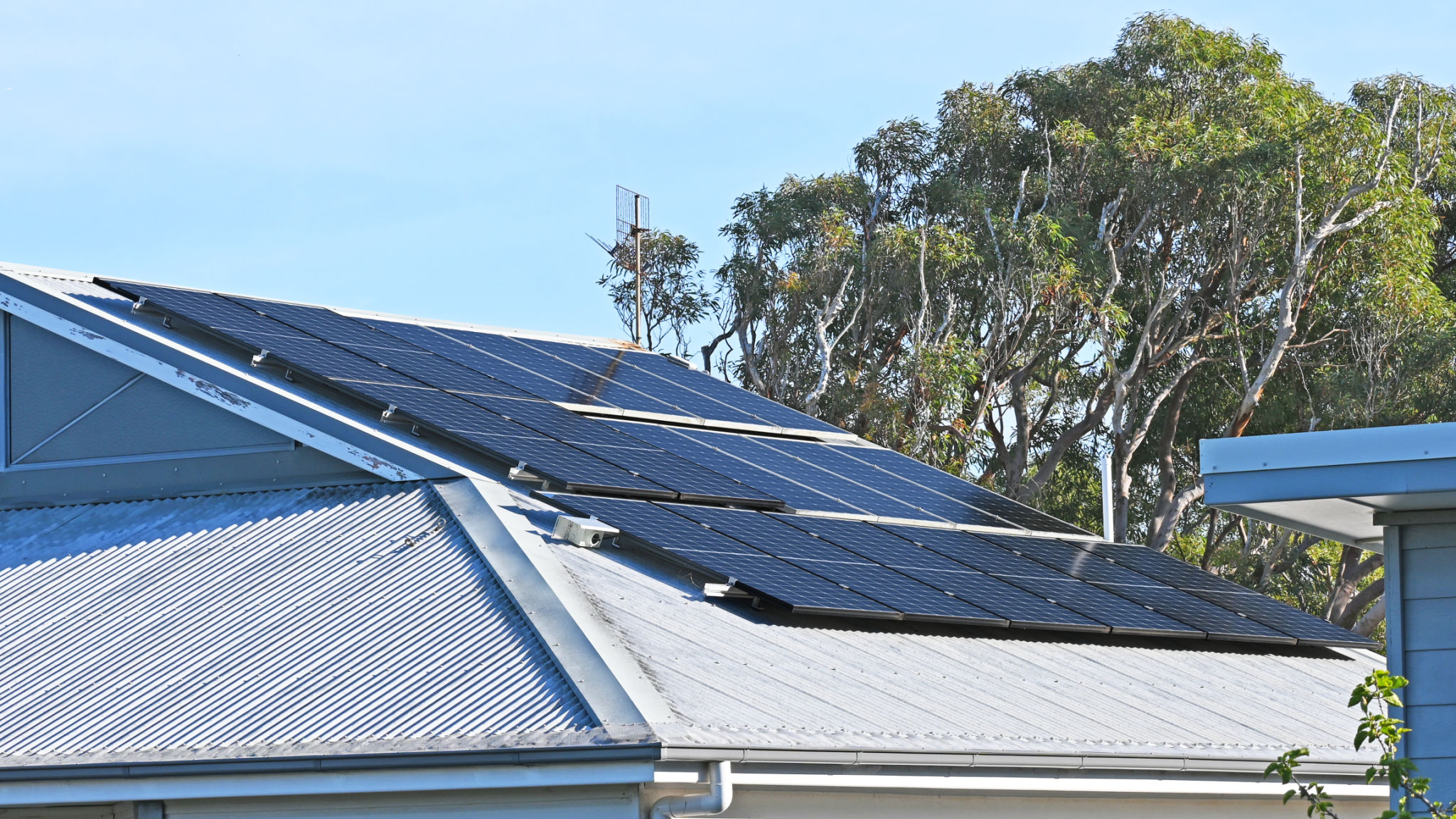Exploring Solar Incentives in Australia: How to Maximize Your Investment
Introduction to Solar Incentives in Australia
As the world shifts towards sustainable energy, Australia has emerged as a leader in solar energy adoption. Thanks to abundant sunshine and supportive government policies, many Australians are considering solar power as a viable investment. However, understanding the various solar incentives available can be overwhelming. This guide will help you navigate these incentives and ensure you maximize your investment in solar energy.

Understanding Federal Solar Incentives
Australia's federal government offers the Small-scale Renewable Energy Scheme (SRES), which provides financial incentives for installing renewable energy systems, including solar panels. Under this scheme, households and small businesses can earn Small-scale Technology Certificates (STCs) based on the system's expected electricity output. These certificates can then be sold or traded to reduce the overall cost of installation.
Another federal initiative is the Renewable Energy Target (RET), which aims to ensure that a certain percentage of Australia's electricity comes from renewable sources. By installing solar panels, you contribute to this target and may be eligible for additional financial benefits.
State-Based Incentives and Rebates
In addition to federal incentives, each Australian state offers its own set of rebates and incentives for solar energy systems. For instance, Victoria provides the Solar Homes Program, which offers rebates for solar PV systems, solar hot water systems, and battery storage. Similarly, New South Wales has the Empowering Homes program, offering interest-free loans for solar and battery installations.

It's crucial to research the specific incentives available in your state, as these can significantly impact the return on your investment. By combining federal and state incentives, you can maximize your savings and accelerate the payback period for your solar installation.
Calculating Your Return on Investment
To determine the true value of your solar investment, it's important to calculate your potential return on investment (ROI). Begin by considering the initial cost of installation, including any potential savings from federal and state incentives. Then, estimate the reduction in your electricity bills over time.
Typically, a well-installed solar system pays for itself within 3-7 years, depending on factors such as system size, location, and energy consumption patterns. After this payback period, homeowners continue to save on electricity costs, effectively generating free energy.

Maximizing Your Investment with Energy Storage
While solar panels significantly reduce electricity costs during daylight hours, incorporating energy storage solutions such as batteries can further enhance savings. Batteries store excess solar power generated during the day for use during nighttime or cloudy periods, ensuring continuous energy availability.
Several states offer additional incentives for battery storage systems, making it a worthwhile consideration for homeowners looking to maximize their solar investment.
Conclusion: Harnessing Solar Incentives for a Brighter Future
Investing in solar energy is not just an environmentally conscious decision; it is also financially savvy. By taking advantage of Australia's generous solar incentives at both federal and state levels, you can significantly reduce installation costs and enjoy long-term savings on energy bills.
As you embark on your journey towards sustainable living, remember to thoroughly research available incentives and consult with reputable solar providers to ensure you make informed decisions. Embrace the power of the sun and illuminate your future with clean, renewable energy.
